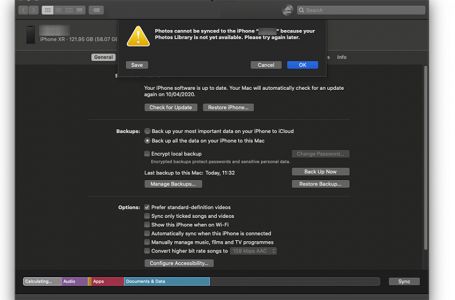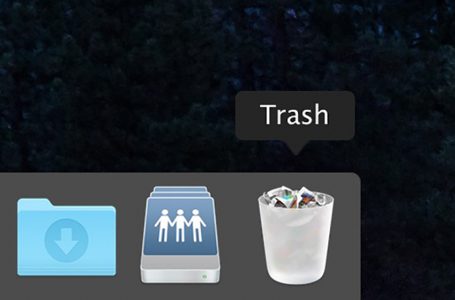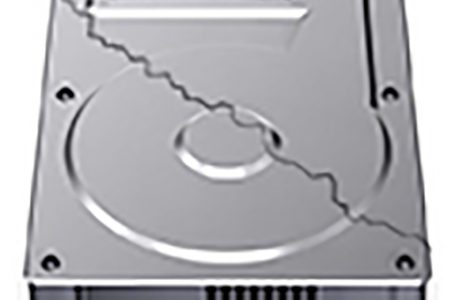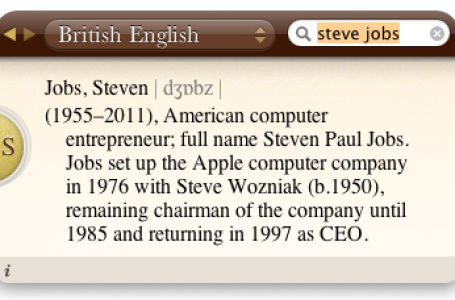Mac OS X Panther, Saving Hard Drives With Bad Sectors
Hard drives like everything else contain moving parts and performance degradation occurs over time. Most hard drives have a general lifespan of about 3 years of regular use. After that you’re running a risk when you keep important data on that particularly aged hard drive.
Data corruption can occur on a software level, which can usually be saved using third party utilities or Apple’s Disk Utility but how do you save a hard drive that develops bad sectors*?
In a nutshell, when your data is said be saved/retrieved from your hard drive a motor spins several metallic platters within your hard drive whilst a read/write head moves up and down along the platters reading/writing data onto the metallic surface.
A ‘bad sector’ refers to a flaw with the hard disk drive disk or a manufacturer’s defect which can occur over time. Once this occurs its best to replace the affected hard drive to minimise risk of data loss of mission critical data. Bad sectors are usually an early warning indication of imminent hard drive failure but if the data stored on the hard drive is not critical, you can carry out interim measures to continue using the hard drive.
You’ll know you have a bad sector issue when:
- your hard drive emits a physical scratching sound when it attempts to access a particular sector of the platter and/or;
- a read/write error message is displayed;
- boot time takes significantly longer than usual
Its especially cogent to get over bad sector issues if you’re running a Mac with multiple hard drives attached. A single hard drive in your array suffering from a bad sector issue can slow the entire system significantly. This occurs because Mac OS X views your hard drive array as a total hard drive belonging to the system and the affected hard drive may be continually accessed, eg simple search will be performed across all hard drives in the array.
When a bad sector occurs on a Windows system; WindowsME and after will typically perform a disk check when you reboot the system and identify the bad sectors and isolate them.
The ‘cure’ to bad sector/s issues on both Windows and Mac occurs when the relevant operating system diagnoses the bad sectors, isolates them and puts a flag on them telling the operating system not to use or access the bad sector/s.
However on a Mac system, there is no equivalent automated diagnostic tool and your Mac will continue to attempt to access the bad sectors. Its a painstaking process to cure this issue on a Mac but hopefully Apple will include this in upcoming versions of Mac OS X.
Until then, the only surefire way to cure bad sectors on Mac OS X is to migrate all the data off your hard drive and re-format it using a zero-format method. During the format process, Mac OS X will identify, isolate and flag bad sectors. Data can be migrated back to the damaged hard drive once the format is complete.
You can also use third party applications to troubleshoot bad sector issues but most are generally not as effective as re-formatting the affected hard drive. Formatting is also a less economically taxing alternative. Although, the ever popular products from Symantec ,which have become second nature to most Windows users, has come up with some brilliant products, from experience the Mac versions tend to sometimes not keep up to date with updates in Mac OS X and their use can sometimes jeapordise the integrity of your Mac’s OS X system.
‘Sector’ – A division of a storage medium such as a hard drive or diskette. Diskettes or hard drive platters are divided into wedge shaped sections that segment the circular tracks into small arcs such as if you were to cut a pie into a section each section is one arc. Each arc is a sector that typically holds 512 bytes of data. All of the arcs within a given wedge are given the same sector number for interleaving purposes, so the term sector may refer to the entire single arc. The size of sectors can be customized to maximize the storage area. For example, if a user stores smaller files, decreasing the sector size allows more files to fill the space without any leftover room.











